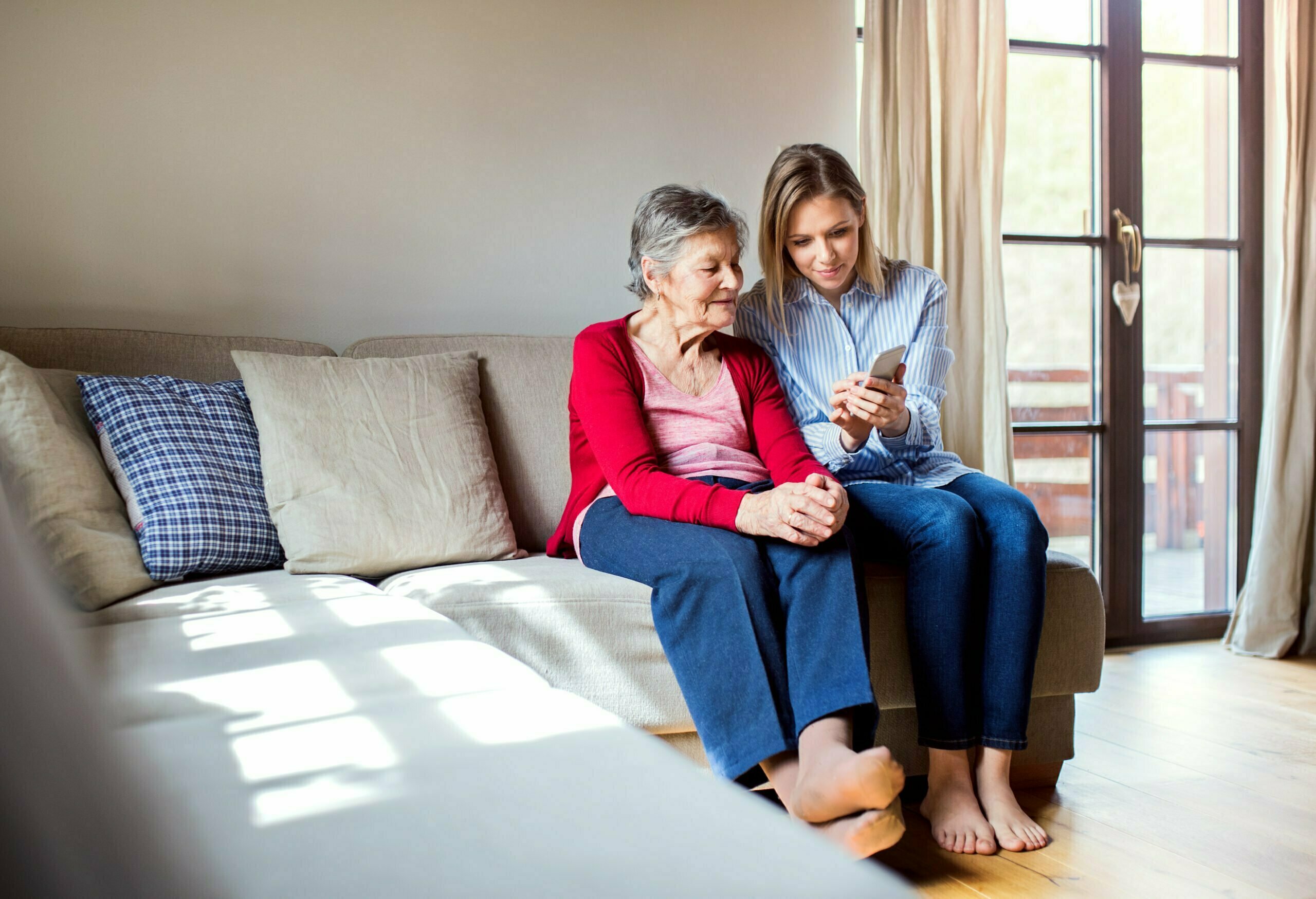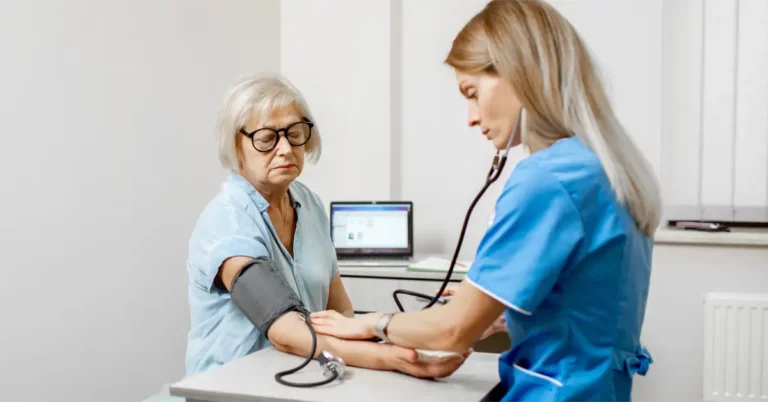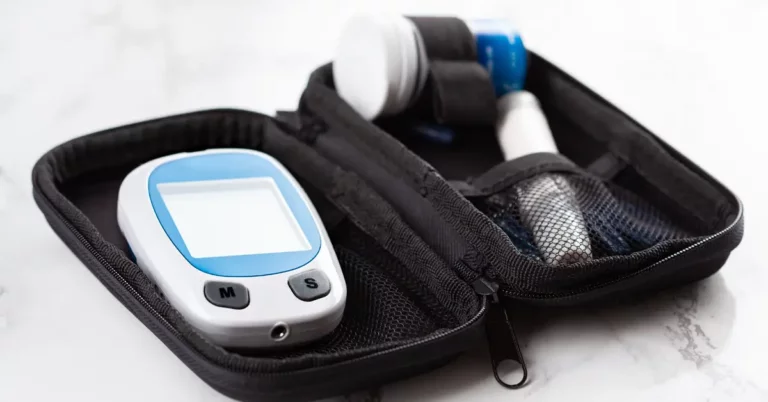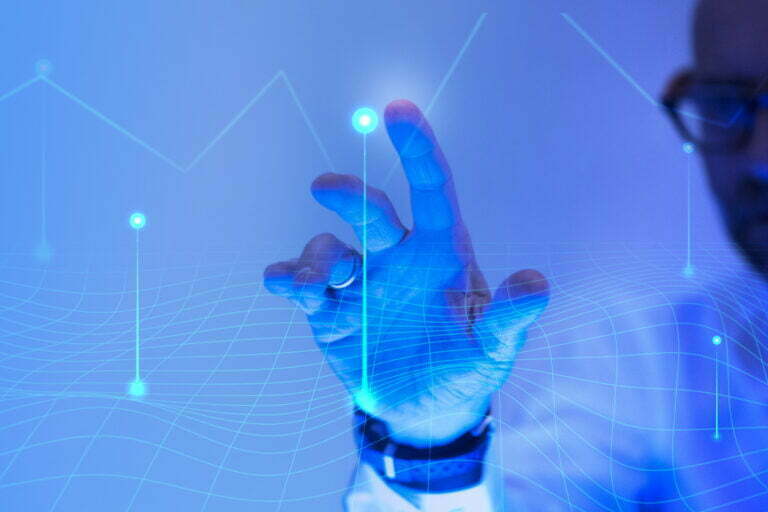This year 2021, more Baby Boomers are transitioning to the age of 57 to 75 years old. The world’s elderly population has been drastically increasing in the past decades. It will reach about 2 billion in 2050, according to the World Health Organization.
While the increasing elderly population may be due to better health care systems in the United States, this census provides very important facts for our lawmakers and planners. This vital information predicts future programs to be prioritized. Lawmakers may decide to support programs to improve the quality of life for our elderly generation. This, in turn, would shape the future of our health care trends.
Three points come to my mind when dealing with Baby Boomer patients:
1. More problems with obesity are predicted among the elderly.
While Baby Boomers are known to be healthier than Millenials and Gen-Z, limited studies prove that Baby Boomers are among the healthiest generations. This is partly because the rise of fast-food chains during their time. The growth of convenient dining and food takeouts had made us consume more unhealthy and processed foods. Expected elderly patients will have more problems related to complications with obesity such as diabetes due to glucose intolerance, hypertension, high cholesterol and triglyceride levels, an increased risk for stroke, and heart failure.
2. Management of chronic diseases will be taken importance.
Prevention is better than cure. In chronic diseases such as COPD, diabetes, and hypertension, the primary goal of a healthcare provider is to control these diseases consistently. Regular monitoring prevents further complications that will lead to more burden for our elderly generation.
3. More elderly people are concerned with their health.
More of our elderly patients are focused on longevity and more likely to be assertive with their health care than any other generation. Seeking online information has been common for Baby Boomers before consulting information from their primary care physicians. With all the massive information circulating on the internet, our elderly patients become more socially engaged in taking care of their health.
Takeaway
While the fight to end the COVID-19 pandemic is still on the roll, clinic times among health providers have been limited to prevent further infection exposure. Since elderly patients most probably have more chronic diseases, patient education in any form of media has been helpful. Telehealth has been on the rise to counteract the large burden of patients in the hospital and provide more remote interactions among health care providers and patients. Telemedicine and remote patient monitoring are becoming a more valuable innovation to support care for our elderly patients.
Contrary to the belief that telehealth is only for tech-savvy patients, more Baby Boomers are adept at smartphones— impacting digital health management. Step counters are analyzed on either smartwatch devices or cellphones to monitor daily physical activities. Glucometers can be provided to take charge of monitoring your blood sugar daily. Lowering blood pressure or cholesterol is made more achievable when healthcare providers, through RPM, guide you more regularly to promote healthy lifestyles. This can help delay the onset of chronic illnesses.
DrKumo, leader of mainstream health care during the pandemic, further extends its remote patient monitoring to Baby Boomers. With an easy interface, setup and use, smart devices are not as complicated as we think it is. Home health issues can be addressed more regularly online. DrKumo’s goal is to make health more accessible and accepted by many, even in our elderly population—acceptance to change helps us transcend into the new normal of health care.








